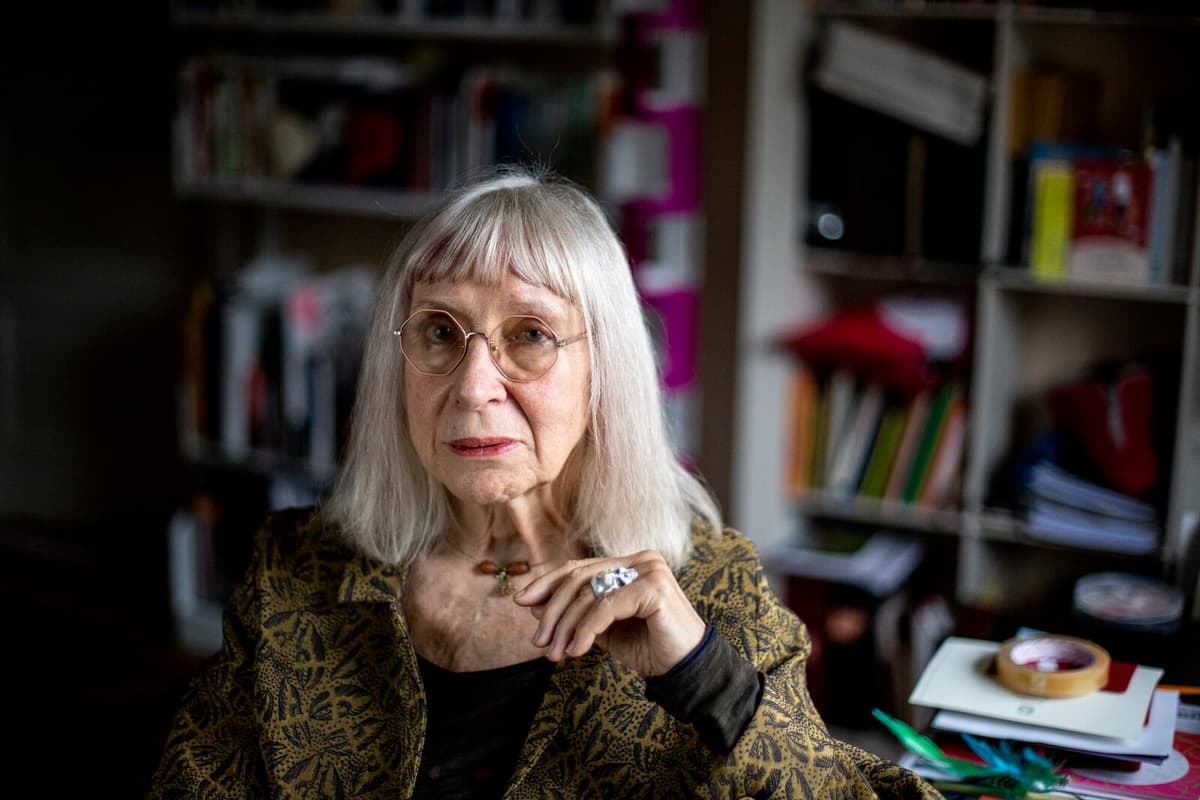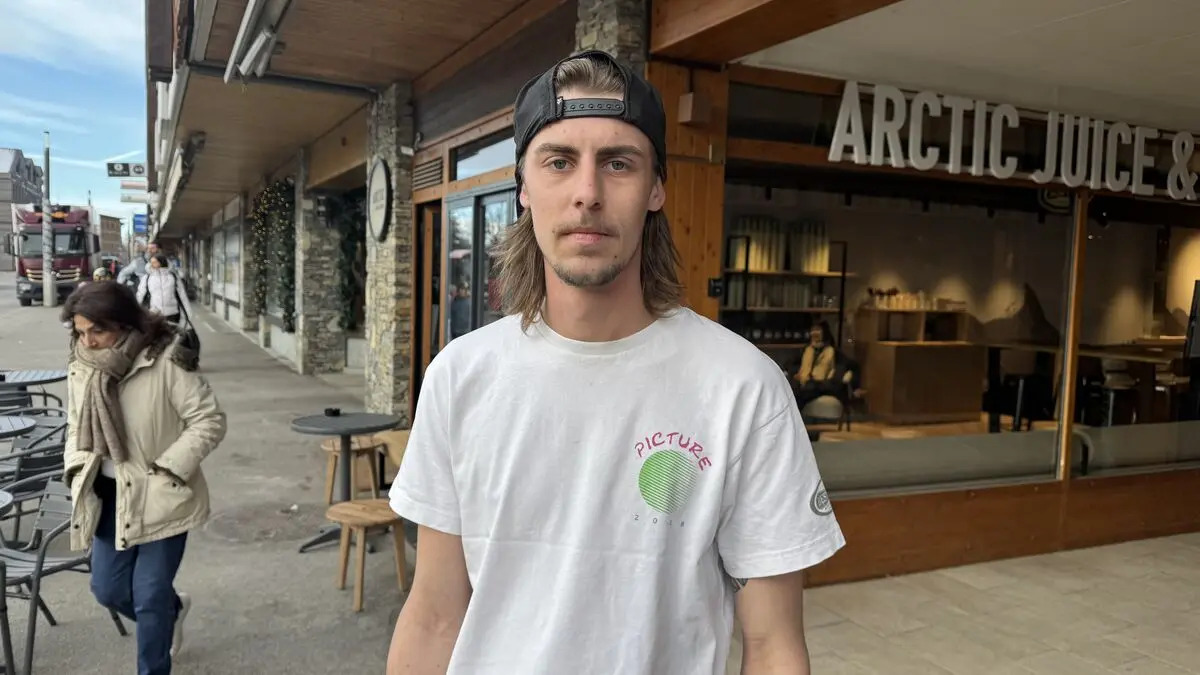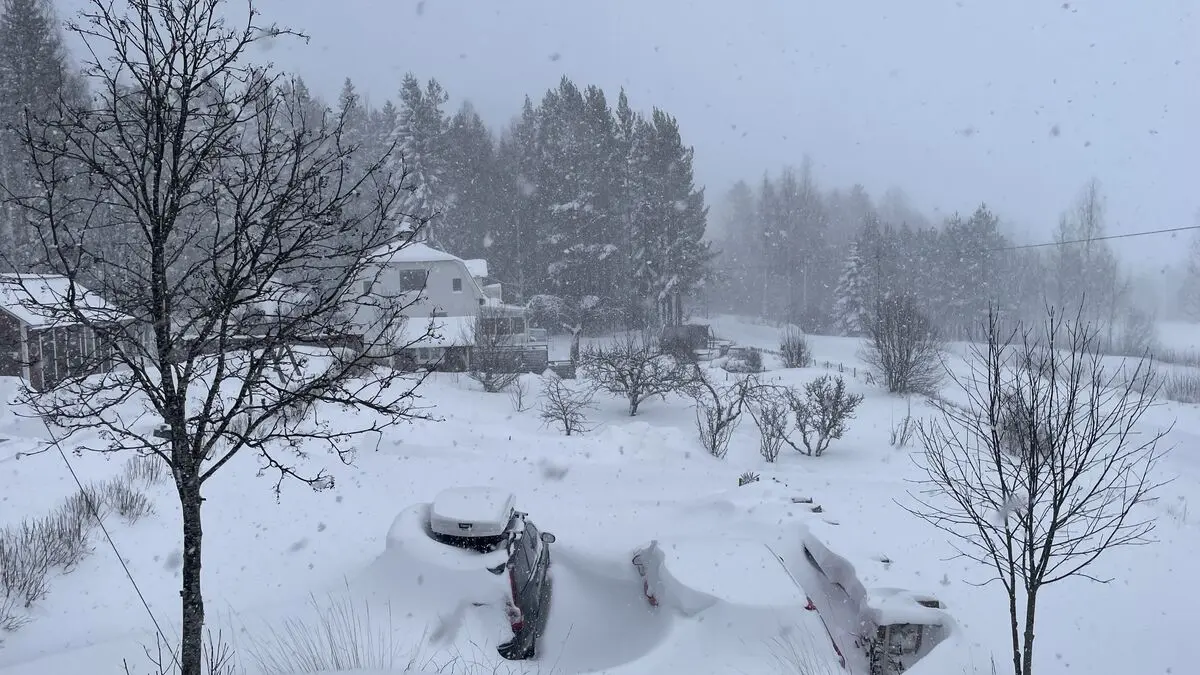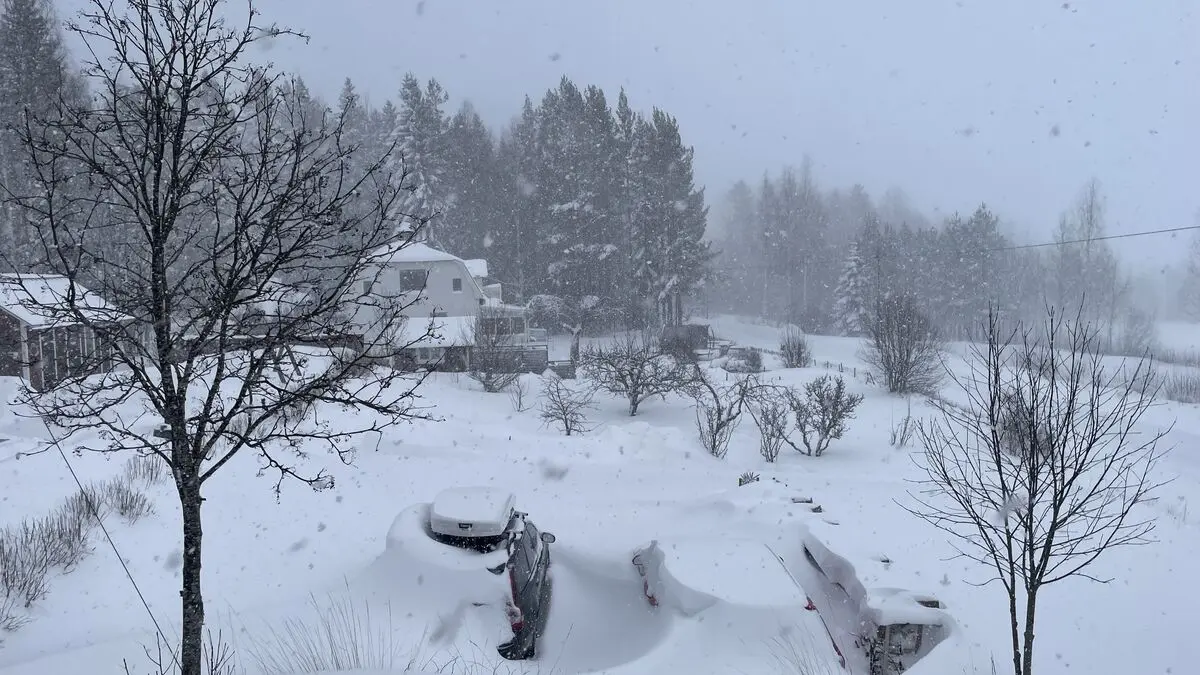Suzanne Osten lies upside down, dressed in bright green Mahjong clothes, in an armchair and smokes. The cover image could depict a kind of adult Pippi, and yet absolutely not, since it is impossible to imagine a Pippi who smokes, is interested in sex and queer relationships.
She herself takes on the role of a "coyote" – a prairie wolf and survivor – and when she is interviewed in 2009 for the job as potential new Dramaten director, she explains that she – if they choose her – wants to take the keys to some privileged actors' "hanging logs".
When I say such things, it's probably to put things on their head. If I had dared to do it, I don't know, but I said it anyway, she says now.
"Who does she think she is, Suzanne Osten?" is the title of her autobiography, and the cover image is taken from a workshop that preceded her surreal farewell performance at Unga Klara in 2014, the institution she built up over 40 years and which, despite all its successes, was deemed too expensive for Stockholm City Theatre. This despite her salary having always been lower than male directors', something she only discovered when she was about to leave, she writes.
The budget for the farewell performance didn't stretch to costumes. Without telling the ensemble, Suzanne Osten took clothes from her own wardrobe and let her colleagues go wild.
The Theatrical
Even her own life – the material – she treats to some extent as a play. Her autobiography is largely written in the third person and in three acts: "freedom, equality and brotherhood". Perhaps because she simply likes the theatrical, playful and stylized.
I didn't want to write a bitter book. And I didn't want to make everything fun and repressed either, I'm always suspicious of myself. At the same time, it's not a settling of scores with old exes or anything, it's pretty pointless.
As a 77-year-old, she thinks she has reached a point where she can see what she has got in life and how one thing has led to another. The painful points are there: a divorce, being beaten by a partner and the loss of Unga Klara. The first act – freedom – deals with her upbringing with a mentally ill mother and her way out of childhood. As a small child, she was made to lie in a crib without diapers and instead pee on sawdust. She doesn't remember it, but has been told about it afterwards.
It was considered very modern, the modern is sometimes creepy, I think it was a kind of invention that was supposed to be hygienic, a way to save diapers. But it was cold and not very empathetic for the little child's body!
But her mother, film critic Gerd, also made sure that the child welfare committee placed the daughter in foster care during the summer holidays and also put her in Stockholm's first Waldorf school, where Miss Margareta let the children paint, make music and play theatre.
"Enormous Fear"
Never underestimate what a good teacher can do! And the theatre I attended – was free! There wasn't a single krona at home for leisure activities. It was also my first cultural policy ambition that everything for children should be free so that parents can't stop the children! Now we're far from that. Everything is valued in money and sometimes people also think that what's free has no value.
Suzanne Osten's drama and film are characterized by the notion that children have the same right to art as adults, which led her to develop her own artistic practice, described in research reports and dissertations.
She wants to create a will to live, but has been criticized by some for giving children more than they can handle.
Why shouldn't "Baby Drama" be as interesting as "Peer Gynt", why shouldn't a children's play be equipped with the best actors? But unfortunately, we're so dependent on adults' anxiety. We who work with art for children – which I think I do – constantly encounter an enormous fear.





